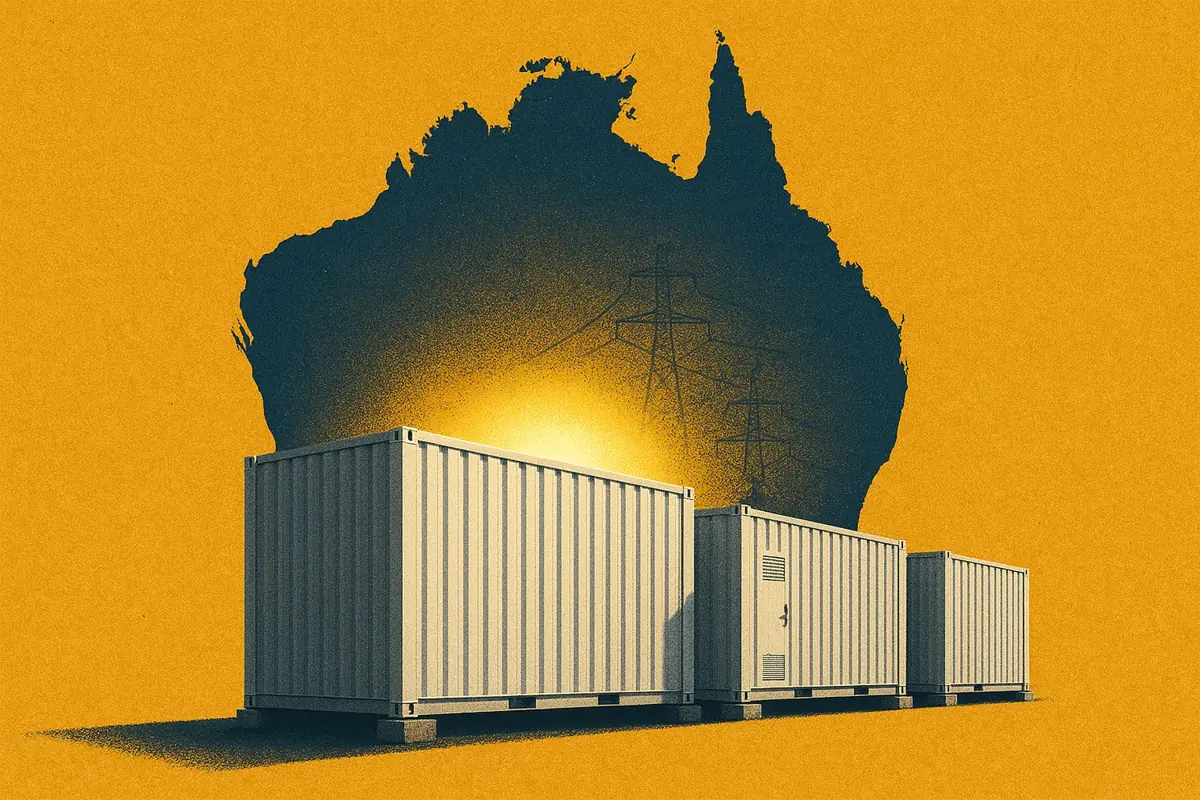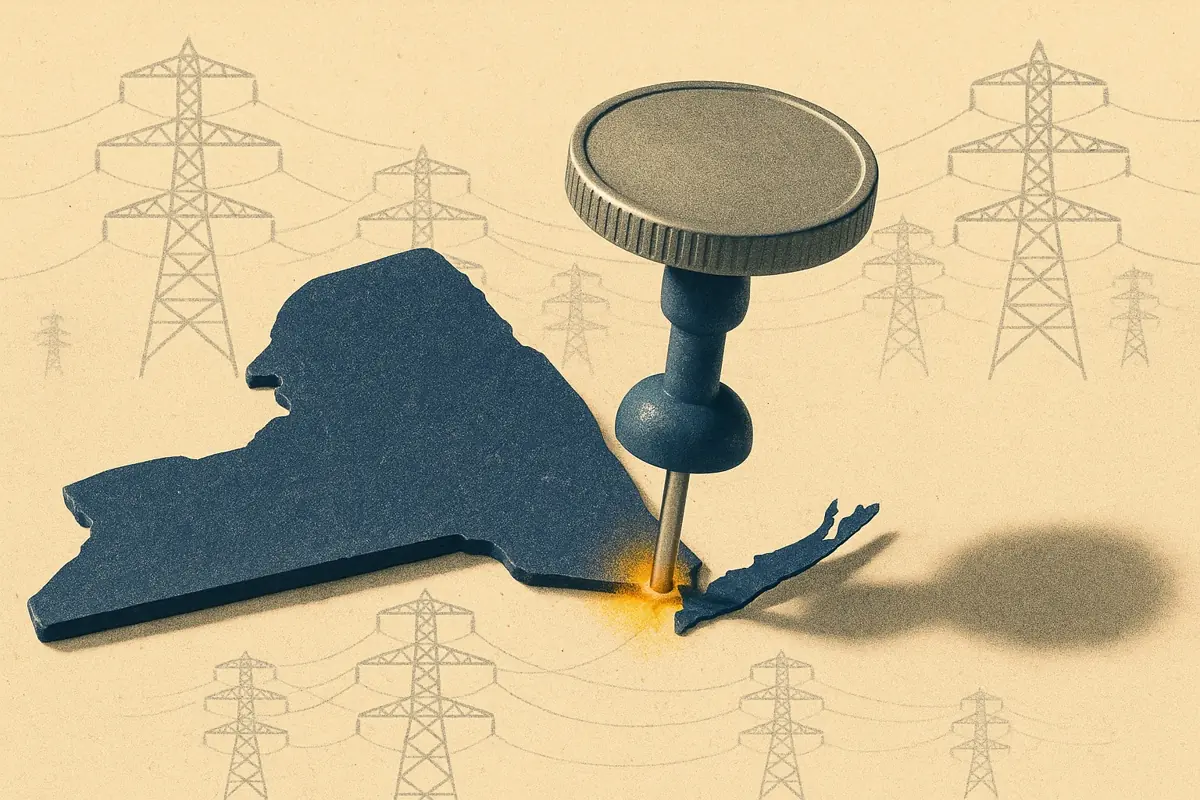From August 2026, France will launch a locational grid tariff that rewards batteries for supporting the network when it’s under stress. This new component varies by location and is optional for asset owners.
This article outlines the mechanism's operation, identifies the eligible nodes, and explains its implications for storage developers and investors.
For further information, contact timothee@modoenergy.com.
Key takeaways
- Batteries earn by countering local network stress.
- Charge at midday in solar-heavy regions (south and west).
- Discharge during winter peaks in demand-heavy regions (north and east).
- It is an optional framework that replaces the standard grid tariff with a locational one during defined hours.
- Begins August 2026, with a 12-month minimum commitment once opted in.
- The regulator has fixed the nodes until 2030 and will update them as grid congestion changes. Investors should view the uplift as a five-year upside, not a permanent baseline.
Rewarding batteries where grid support matters most
TURPE 7 (Tarif d’Utilisation des Réseaux Publics d’Électricité) is France’s regulated network fee. It funds RTE, the transmission system operator, and Enedis, the main distribution operator.
Introduced in 2025, TURPE 7 replaces the former scheme. It adds an optional locational layer that incentivises batteries to operate where the grid is under pressure.
Distribution-connected batteries receive the strongest signal, with bonuses of up to €69/MWh for charging in solar zones and penalties of up to € 76/MWh for discharging. The regulation states that batteries cannot earn more in bonuses than they pay in grid fees over the year.
For a two-hour battery cycling daily during the summer injection window, the uplift is around €8-12k per MW per year on the distribution grid and €4-7k per MW per year on transmission.
In winter consumption zones, the uplift is smaller. For a two-hour battery injection during weekday peaks, the optional grid tariff adds €2-4k per MW per year to the distribution grid and €1-2k per MW per year to transmission.
Co-located batteries that can import electricity from the grid are eligible for the new tariff. Those restricted to on-site solar generation, such as DC-coupled systems, are not eligible.
When grid tariffs turn location into value
The French energy regulator, CRE, in collaboration with RTE and Enedis, has identified grid connection points where local network conditions indicate a need for locational incentives.
Each point has been classified based on the dominant driver of local grid stress. The CRE defined two categories:
- Injection points, where solar generation dominates and can saturate the grid around midday.
- Consumption points, where high demand drives congestion during evening and winter peaks
Injection points are concentrated in the southern half of France, where solar generation is strongest. Consumption points are mostly located in industrial or densely populated regions in the north and east, where evening demand peaks create stress on the network.
Only assets connected at these designated points are eligible for the optional grid tariff.
The classifications are fixed until 2030. New substations built before that date will inherit the status of the nearest existing connection.
Turning timing into revenue
The optional scheme adjusts grid tariffs during specific peak hours. It creates predictable incentives for when batteries should charge or discharge.
Batteries at solar injection points earn by charging during midday solar peaks.
Between April and October each year, grid tariffs drop below zero from 12:00 to 16:00. This helps batteries capture low-cost solar energy while easing network congestion on the network.
For example, between April and October, the average day-ahead prices were at 2.54€/MWh at 2 p.m. With the TURPE 7 bonus applied, the effective charging cost drops to -€16.46/MWh.
In demand-heavy regions, the grid tariff incentive reverses.
Batteries are rewarded for injecting power back into the grid during winter peaks, on weekdays between December and February, from 9:00 to 11:00 and 18:00 to 20:00.
These hours target periods of peak consumption, when networks are under the most stress. For batteries operating within these hours, grid tariffs can turn into a direct revenue stream.
Outside these defined windows, standard TURPE 7 grid tariffs apply. The hours are fixed and will remain unchanged for the full 2026-2030 period.
A first step toward a smarter grid tariff
France’s locational grid tariff marks a first step toward smarter, flexibility-based pricing.
The French Energy Regulator has requested that RTE and Enedis prepare for the next tariff period, TURPE 8. It is expected for 2029 and should include a more dynamic pricing mechanism.
Other countries, including Germany, are studying similar reforms to better value local flexibility.







